The Transformer Architecture: A Deep Dive "Attention Is All You Need"
The Transformer architecture, introduced in the 2017 paper "Attention Is All You Need," revolutionized sequence-to-sequence modeling, particularly in Natural Language Processing (NLP). Prior to Transformers, recurrent neural networks (RNNs) and convolutional neural networks (CNNs) were the dominant approaches for tasks like machine translation. Transformers, however, leveraged a novel mechanism called self-attention, enabling parallelization and significantly improving performance on long-range dependencies.
At its heart, the Transformer moves away from the sequential processing inherent in RNNs. Instead, it processes all input tokens simultaneously, using an "attention" mechanism to weigh the importance of different parts of the input sequence when encoding or decoding a specific token. This parallel processing capability is a game-changer, allowing for much faster training and the handling of longer sequences more effectively.
Imagine translating a sentence like "The quick brown fox jumps over the lazy dog." With RNNs, you'd process word by word. With Transformers, all words are considered at once, and the model learns how "quick" relates to "fox," and "jumps" relates to "dog," regardless of their distance in the sentence.
The fundamental idea is that for each word in the input, the model doesn't just look at that word in isolation. It "attends" to all other words in the sentence, assigning different levels of importance to them based on their relevance to the current word's meaning. This context-aware understanding is crucial for tasks like machine translation, where the meaning of a word can heavily depend on its surrounding words.
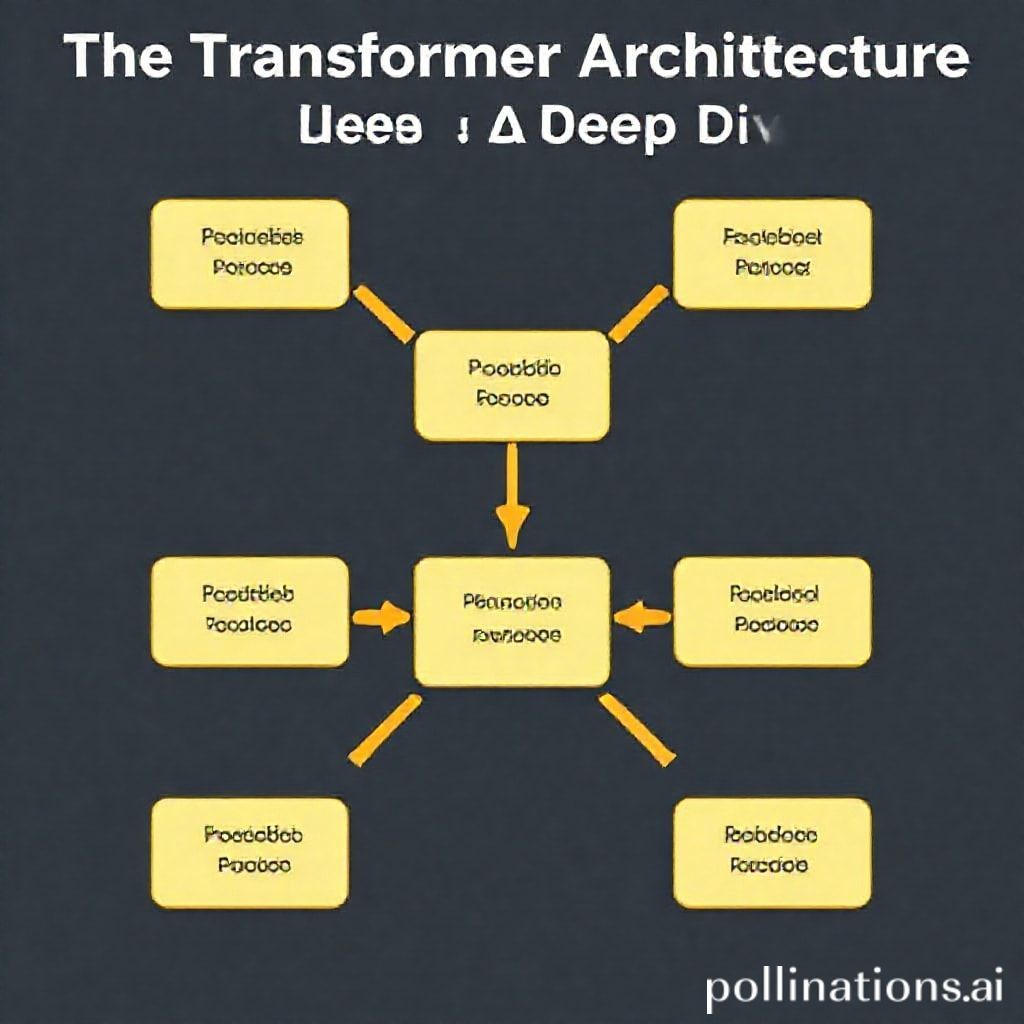
FIGURE 1.1: Parallel Processing vs. Sequential Processing
Page 1Overall Architecture: Encoder-Decoder Structure
The Transformer adheres to an encoder-decoder structure, a common pattern in sequence-to-sequence models. This modular design allows it to handle both encoding the source sequence and decoding the target sequence effectively.
- Encoder: The encoder is responsible for processing the input sequence and transforming it into a continuous representation, or "contextualized embeddings," that captures its meaning. It takes a sequence of input embeddings (e.g., word embeddings + positional encodings) and outputs a sequence of corresponding hidden states. The encoder aims to understand the full context of the input.
- Decoder: The decoder then takes these hidden states from the encoder, along with previously generated output tokens, to generate the output sequence one token at a time. During training, the decoder is fed the actual target sequence (shifted right) to predict the next token. During inference, it uses its own predictions. The decoder's goal is to translate the contextual understanding from the encoder into a meaningful output sequence.
Both the encoder and decoder are composed of a stack of identical layers. The original Transformer used 6 layers for both the encoder and decoder, demonstrating the power of deep stacks in this architecture.
High-Level Flow:
- Input Embeddings: The input sequence (e.g., words in a source language) is first converted into numerical representations called embeddings. These embeddings capture semantic meaning.
- Positional Encoding: Since the Transformer doesn't have inherent sequential processing (unlike RNNs), information about the order of words is crucial. This is added via positional encodings, which are vectors added to the input embeddings.
- Encoder Stack: The embedded input with positional encodings passes through multiple encoder layers. Each layer refines the representation, allowing words to "attend" to each other and build richer contextual understanding.
- Decoder Stack: The output of the encoder (the final hidden states) is then fed into the decoder. The decoder also takes the embedded output sequence (shifted right, meaning each output token is predicted based on preceding actual or predicted tokens) with its own positional encodings.
- Output Layer: The final output of the decoder is passed through a linear layer and a softmax function to produce probabilities for the next word in the vocabulary, selecting the most likely token.
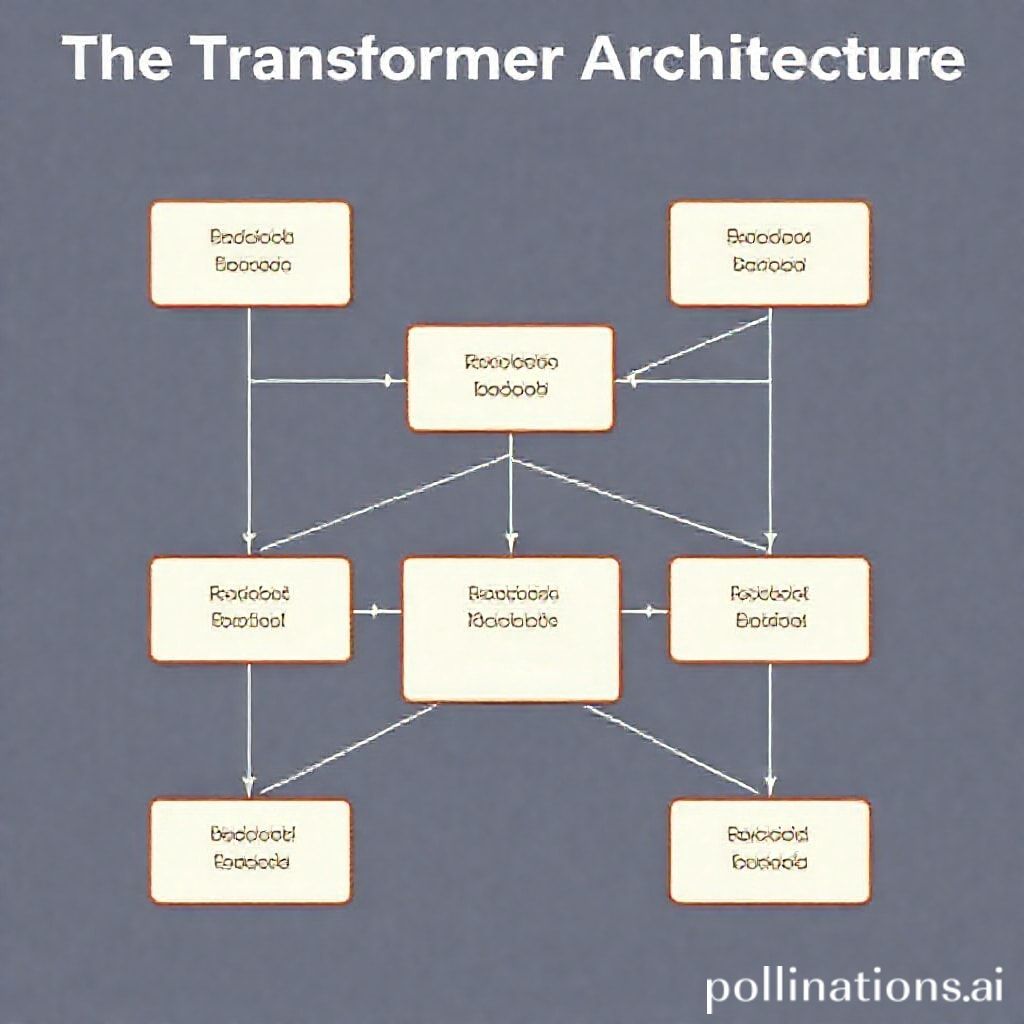
FIGURE 2.1: High-Level Transformer Architecture
Page 2Encoder Layer Details: Self-Attention and Feed-Forward Networks
Each encoder layer (and similarly, decoder layer, with some modifications) is a sophisticated block designed to process the sequence. It fundamentally consists of two main sub-layers:
- Multi-Head Self-Attention Mechanism: This is arguably the most innovative component. It allows the model to weigh the importance of different words in the input sequence when processing each individual word. Instead of looking at a fixed window, it considers the entire input.
- Position-wise Feed-Forward Network: A simple fully connected feed-forward network applied independently to each position in the sequence. It's a standard dense layer that transforms the representation of each word vector.
Crucially, each of these sub-layers is followed by a **residual connection** and **layer normalization**. This pattern is vital for training very deep networks like the Transformer.
Residual Connections (Skip Connections):
Inspired by ResNets, these connections add the input of the sub-layer to its output. This creates a "shortcut" for gradients during backpropagation, helping to mitigate the vanishing gradient problem and allowing for training deeper networks more effectively. If X is the input to a sub-layer and Sublayer(X) is its output, the residual connection results in X + Sublayer(X). This ensures that the network can, at worst, learn an identity mapping, allowing subsequent layers to learn new transformations if beneficial.
Layer Normalization:
Applied immediately after the residual connection, layer normalization normalizes the inputs across the features for each sample independently. This means for each word vector, its elements are normalized. This stabilizes the hidden state activations, making training faster and more stable, especially in deep networks. The formula for layer normalization for a given input vector x (representing a single word's embedding) is:
LayerNorm(x) = γ ⋅ ( (x - μ) / σ ) + βwhere μ is the mean of the elements in x, σ is the standard deviation of the elements in x, and γ (gain) and β (bias) are learnable scaling and shifting parameters, respectively. These parameters allow the network to re-learn optimal feature ranges if normalization proves too restrictive.
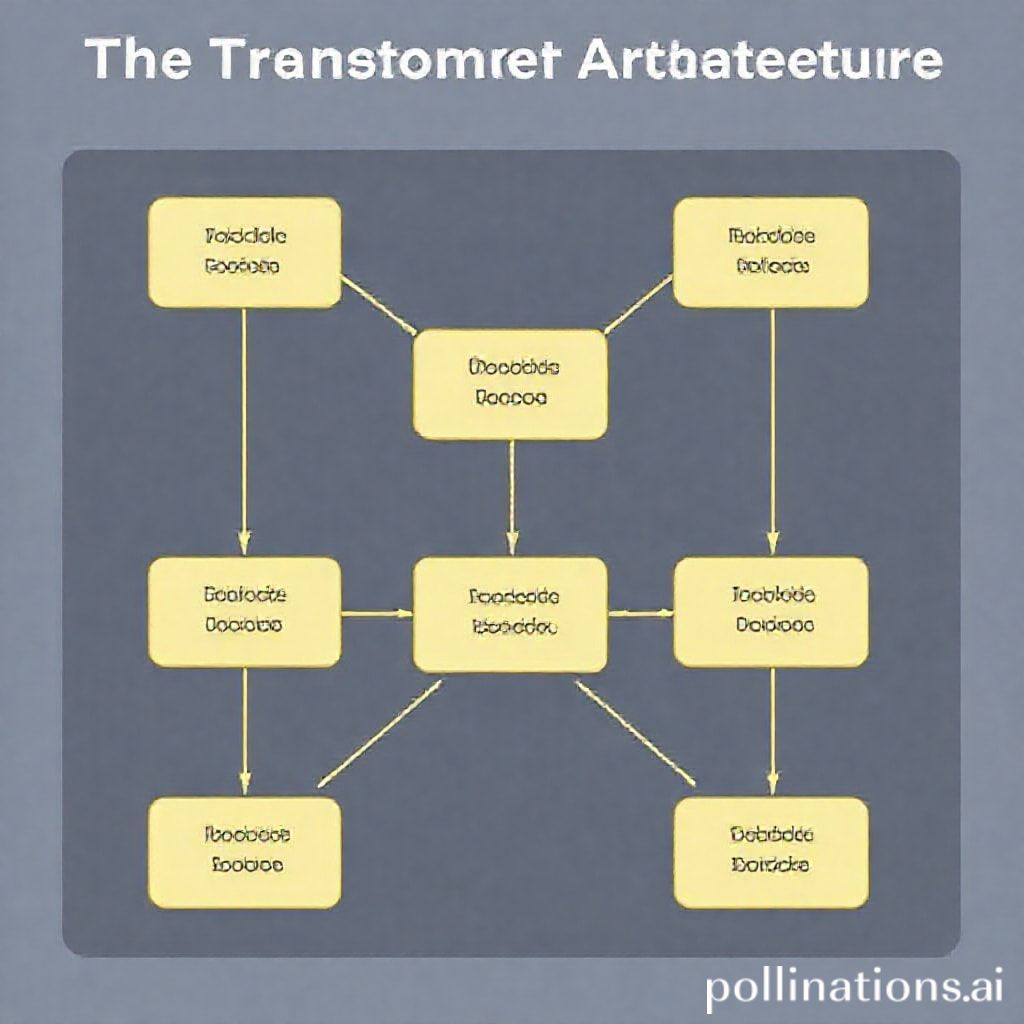
FIGURE 3.1: Structure of an Encoder Layer
Page 3The Magic of Self-Attention: Queries, Keys, and Values
Self-attention is what truly sets the Transformer apart from its predecessors. For each token in the input sequence, it calculates a weighted sum of all tokens in the sequence. The weights are dynamically determined by how "relevant" each token is to the current token. This mechanism allows the model to capture long-range dependencies efficiently and directly, overcoming the limitations of RNNs with very long sequences.
The self-attention mechanism conceptually mirrors how search engines work. For each input vector xi (representing a word), it projects it into three different vector spaces using three distinct learned linear transformations. These transformations are represented by weight matrices: WQ, WK, and WV, which are learned during training:
- Query (Q): Represents "what I'm looking for" or the current word's request for information from other words. Mathematically,
Q = XWQ. - Key (K): Represents "what I have" or the descriptive features of all words that other words might look for. Mathematically,
K = XWK. - Value (V): Contains the actual content or information of the word that will be passed on if it's deemed relevant. Mathematically,
V = XWV.
Here, X is the matrix of input embeddings (or outputs from the previous layer) for the entire sequence.
The Self-Attention Calculation Steps (Scaled Dot-Product Attention):
- Calculate Scores (Similarity): For each query vector (
Qi, corresponding to wordi), we calculate a dot product with all key vectors (Kj, for all wordsjin the sequence). This dot product measures the similarity or relevance between the current wordiand every other wordj. A higher dot product means higher relevance.
The matrix multiplicationQ ⋅ KTefficiently computes these dot products for all queries against all keys simultaneously. - Scale: Divide the scores by the square root of the dimension of the key vectors (
dk). This scaling is crucial because large dot products can lead to extremely small gradients after the softmax function, especially whendkis large. Scaling helps to stabilize the training process.Scaled Scores = (Q ⋅ KT) / √(dk) - Softmax: Apply the softmax function to the scaled scores. This converts the raw scores into probabilities, ensuring they sum to 1 across all words for each query. These probabilities are the attention weights – they quantify how much each word should "attend" to other words in the sequence.
Attention Weights = Softmax(Scaled Scores) - Weighted Sum (Output): Finally, multiply each value vector
Vjby its corresponding attention weight (the softmax output) and sum them up. This weighted sum is the output of the self-attention mechanism for the current word. It's a new, context-rich representation of the word that effectively incorporates information from the entire sequence, weighted by relevance.Output = Attention Weights ⋅ V
This entire process can be elegantly summarized by the single formula:
Attention(Q, K, V) = Softmax( (Q ⋅ KT) / √(dk) ) ⋅ V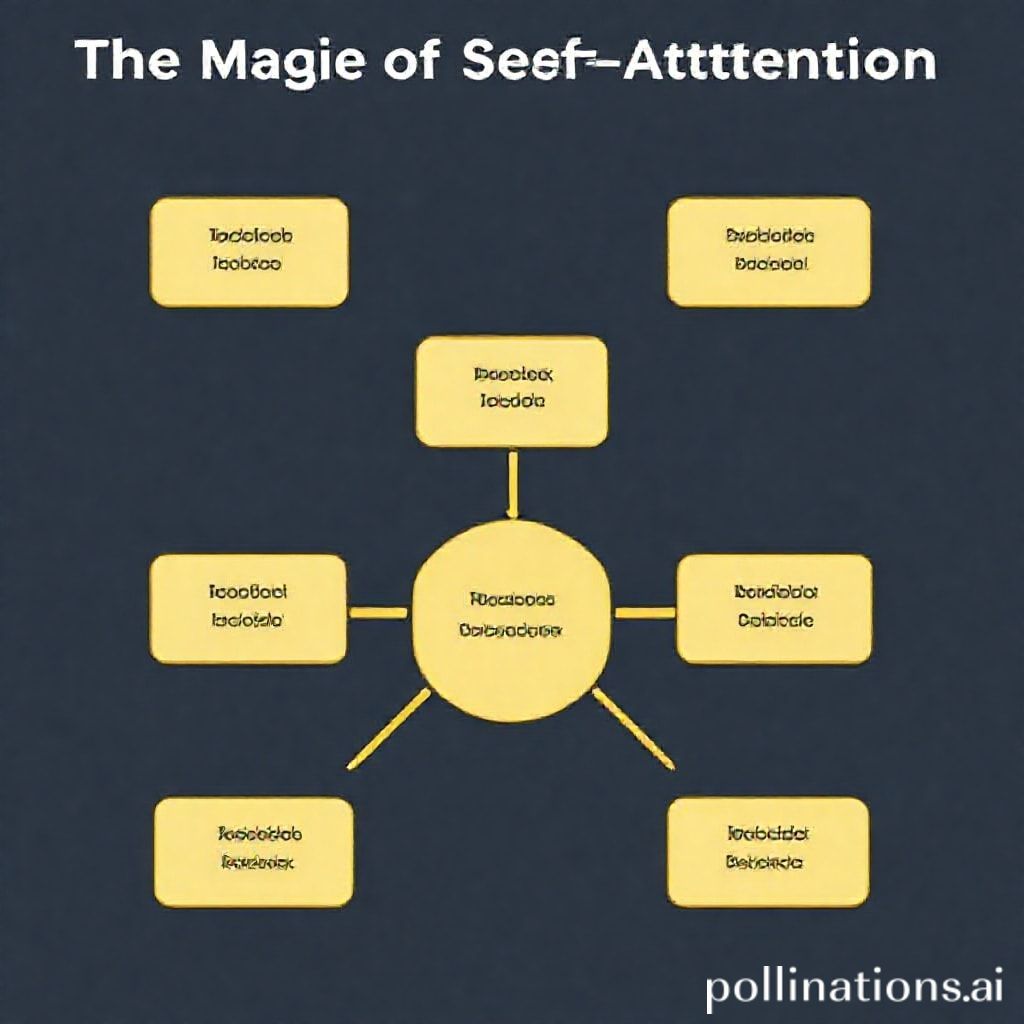
FIGURE 4.1: The Self-Attention Mechanism (Scaled Dot-Product Attention)
Page 4Multi-Head Attention: Enriching Contextual Understanding
While single self-attention is powerful, the Transformer introduces Multi-Head Attention. Instead of performing a single attention function, the Query, Key, and Value are linearly projected h times with different, learned linear projections. These projected versions are then fed into parallel self-attention functions.
Why "multiple heads"? Each attention head allows the model to learn different types of relationships or focus on different aspects of the input sequence. For example, one head might learn to focus on syntactic dependencies (e.g., subject-verb agreement), while another might focus on semantic relationships (e.g., coreference resolution). This enriches the model's ability to capture diverse contextual information.
Steps for Multi-Head Attention:
- Linear Projections: For each of the
hheads, the input Query, Key, and Value matrices (Q, K, V) are linearly projected into lower-dimensional spaces using different weight matrices (WQ,i, WK,i, WV,ifor headi).Qi = Q ⋅ WQ,i Ki = K ⋅ WK,i Vi = V ⋅ WV,i - Parallel Attention: Each set of projected (
Qi, Ki, Vi) then goes through the standard Scaled Dot-Product Attention mechanism, yieldinghdifferent output matrices, let's call themheadi.headi = Attention(Qi, Ki, Vi) - Concatenation: The outputs from all
hattention heads are then concatenated together. This re-combines the diverse contextual information learned by each head.Concat Heads = [head1; head2; ...; headh] - Final Linear Projection: The concatenated output is then linearly projected once more using a final weight matrix
WO. This projection transforms the combined attention outputs into the desired output dimension, which is typically the same as the input dimension, so it can be added to the residual connection.MultiHead(Q, K, V) = Concat(head1, ..., headh) ⋅ WO
By allowing the model to attend to information from different representation subspaces at different positions, Multi-Head Attention significantly boosts the Transformer's capacity to learn complex relationships within the data.
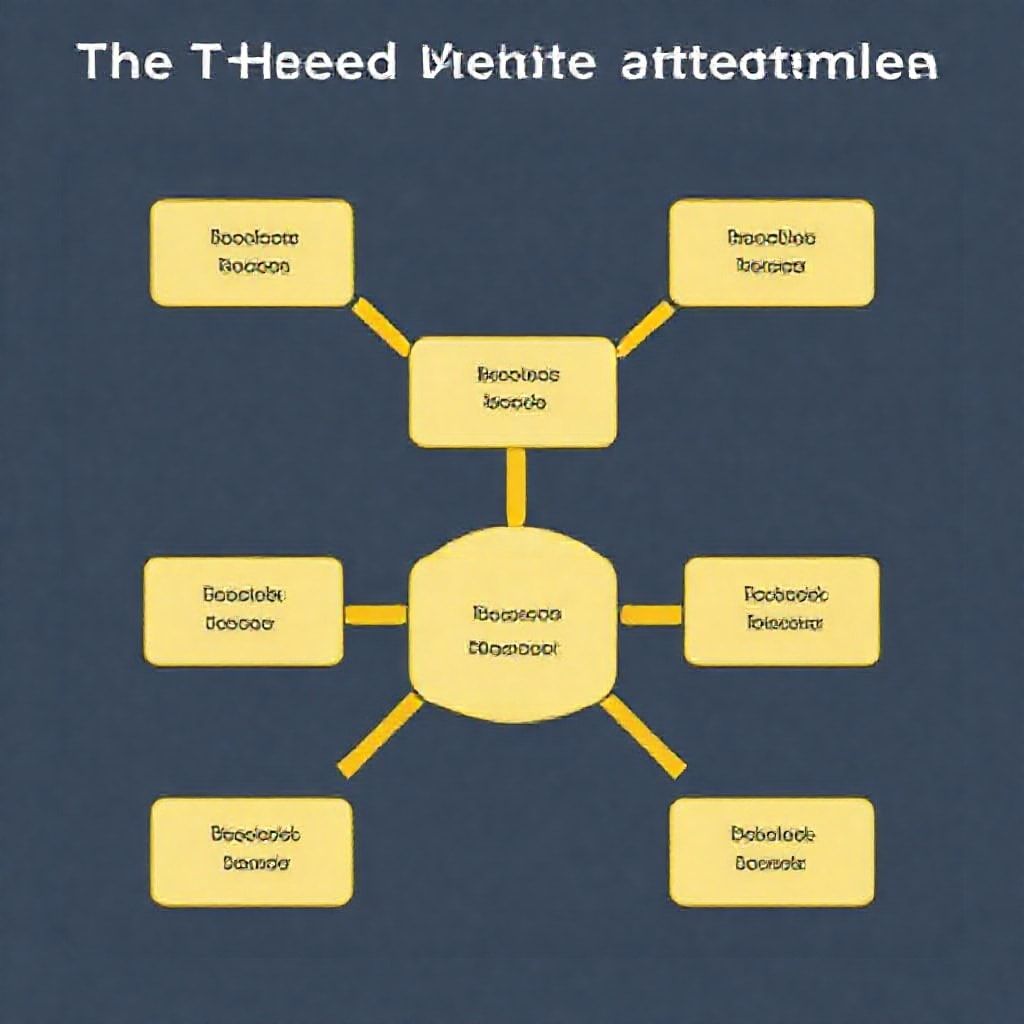
FIGURE 5.1: Multi-Head Attention Mechanism
Page 5Positional Encoding: Injecting Order into Parallel Processing
One of the key advantages of the Transformer is its parallel processing of input sequences. However, this parallelism means it inherently lacks a sense of token order or position. Unlike RNNs, which process tokens sequentially and thus implicitly encode position, the self-attention mechanism treats all tokens equally regardless of their position in the sequence.
To overcome this, the Transformer introduces Positional Encodings. These are vectors that are added to the input embeddings (and later to the decoder input embeddings) before they are fed into the first encoder (or decoder) layer. These positional encodings provide explicit information about the relative or absolute position of each token in the sequence.
How Positional Encodings Work:
- Fixed vs. Learned: The original Transformer uses fixed, non-learnable sinusoidal functions for positional encoding. This choice allows the model to generalize to sequence lengths longer than those encountered during training. However, later models like BERT introduced learned positional embeddings.
- Sinusoidal Functions: For a given position
posand dimensioniwithin the positional encoding vector, the values are calculated as follows:
WherePE(pos, 2i) = sin(pos / 100002i/dmodel) PE(pos, 2i + 1) = cos(pos / 100002i/dmodel)dmodelis the dimensionality of the embedding space. This design ensures that each position has a unique encoding, and the encoding for nearby positions are similar, making it easy for the network to learn relative positions. - Addition to Embeddings: The positional encoding vector for a given token is simply added element-wise to its corresponding word embedding vector.
Since the embeddings and positional encodings have the same dimension (Inputfinal = Embedding(token) + PositionalEncoding(position)dmodel), they can be summed directly.
The intuition behind using sines and cosines is that they can represent relative positions: sin(a+b) = sin(a)cos(b) + cos(a)sin(b). This property allows the model to easily learn to attend to relative positions (e.g., "always look 3 words before the current word") by using linear transformations of the positional encodings.
Without positional encodings, "The dog bites the man" would be indistinguishable from "The man bites the dog" in terms of word order for the attention mechanism, leading to a complete loss of meaning. Positional encodings restore this crucial sequential information.
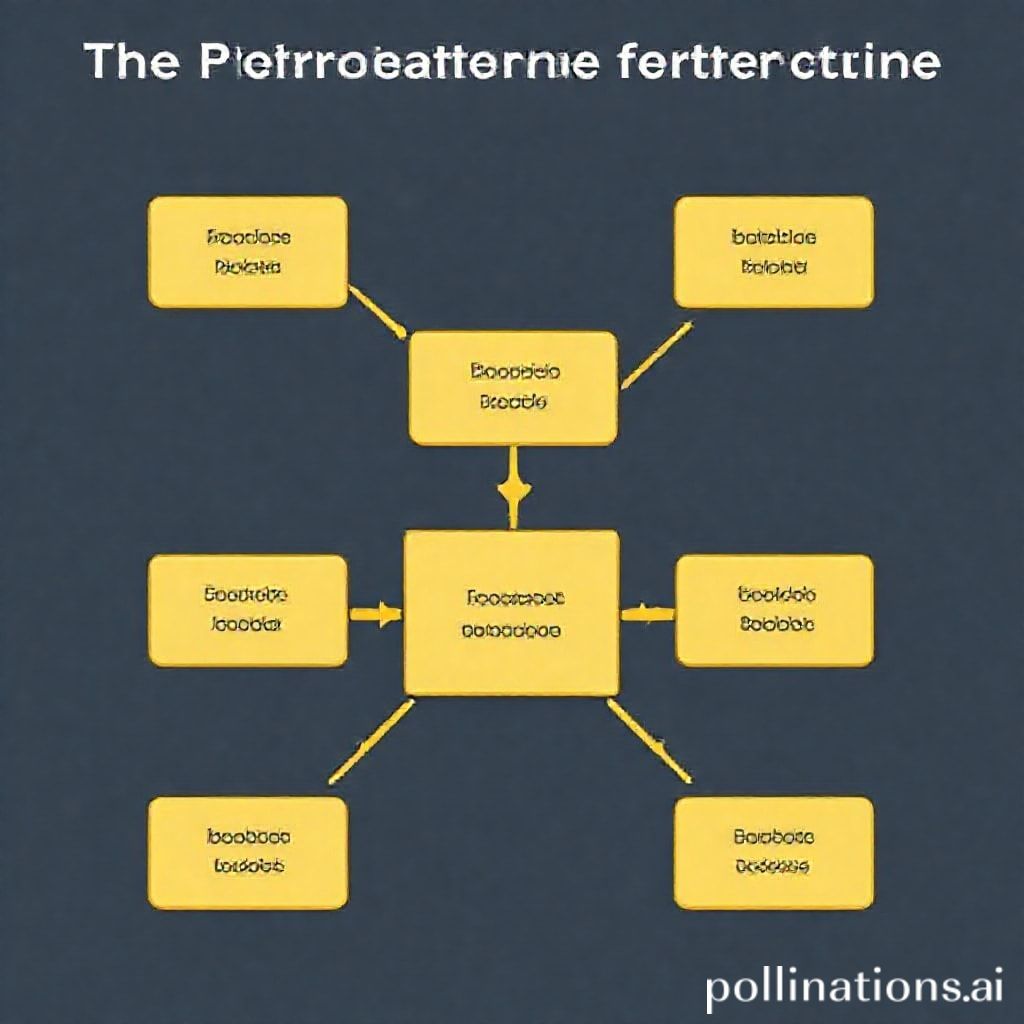
FIGURE 6.1: Positional Encoding Process
Page 6Decoder Layer Details: Extending Encoder Concepts
The decoder layer shares many similarities with the encoder layer but has crucial additions to facilitate the generation of an output sequence token by token. Each decoder layer also consists of residual connections and layer normalization after its sub-layers.
A decoder layer is composed of three main sub-layers:
- Masked Multi-Head Self-Attention: This is a self-attention mechanism, identical to the encoder's, but with an important modification: masking.
- Multi-Head Encoder-Decoder Attention: This attention mechanism helps the decoder focus on relevant parts of the encoder's output.
- Position-wise Feed-Forward Network: Same as in the encoder, this is a simple fully connected network applied independently to each position.
1. Masked Multi-Head Self-Attention: Preventing Future Snooping
In the decoder, when predicting the next word in the output sequence, the model should only be allowed to attend to the words it has *already generated* (or the "start of sequence" token) and not the words it's yet to predict. To enforce this, a mask is applied to the scaled dot-product scores (before the softmax) during self-attention in the decoder.
- The mask is a triangular matrix where positions corresponding to future tokens are set to negative infinity. When softmax is applied, these positions become zero, effectively preventing attention to future tokens.
- This masking ensures that the predictions for position
ican only depend on the known outputs at positions less thani. This preserves the auto-regressive property required for sequence generation.
2. Multi-Head Encoder-Decoder Attention (Cross-Attention)
This is a unique attention mechanism within the decoder. It's often called "cross-attention" because it attends across two different sequences:
- The **Queries (Q)** come from the **output of the previous decoder layer** (specifically, the output of the masked self-attention sub-layer).
- The **Keys (K)** and **Values (V)** come from the **output of the encoder stack**.
This allows the decoder to "look at" and "attend to" the relevant parts of the entire input sequence provided by the encoder when generating each output token. For instance, when translating "The dog barks," and the decoder is generating "barks," it can attend to "dog" in the encoder's representation to ensure semantic consistency.
This cross-attention layer is crucial for linking the source and target language representations, enabling the translation process.
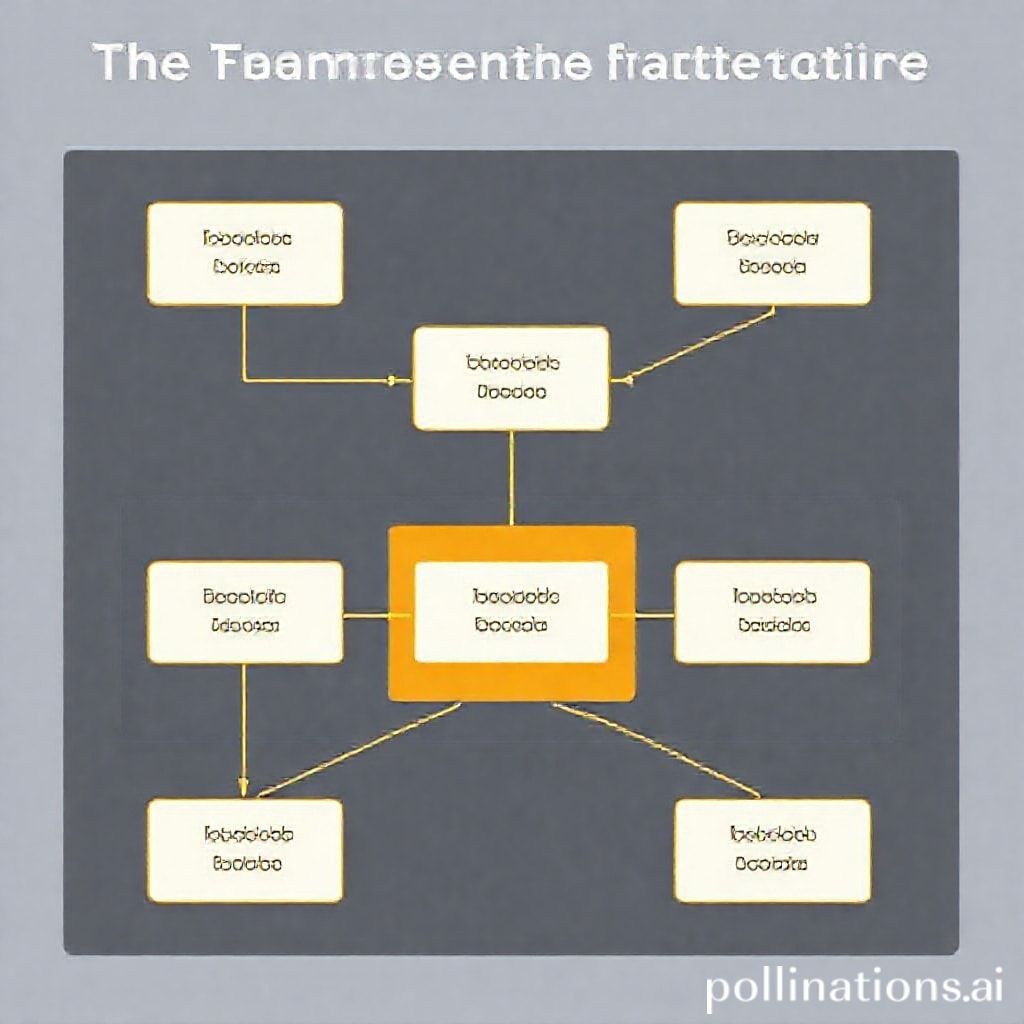
FIGURE 7.1: Structure of a Decoder Layer
Page 7The Position-wise Feed-Forward Network (FFN)
Both the encoder and decoder layers contain a Position-wise Feed-Forward Network after the attention sub-layers. This is a relatively simple but important component that processes each position (i.e., each word's vector representation) independently and identically.
Structure and Function:
- Two Linear Transformations: The FFN consists of two linear transformations (fully connected layers) with a ReLU activation in between.
Here,FFN(x) = max(0, xW1 + b1)W2 + b2xis the input vector for a specific position (word).W1, b1, W2, b2are learnable parameters. - Dimensionality Expansion and Contraction: Typically, the first linear layer expands the dimensionality of the vector (e.g., from
dmodelto4 * dmodel), and the second linear layer contracts it back to the originaldmodel. This allows the network to apply more complex, non-linear transformations to each token's representation independently, after it has been "contextualized" by the attention mechanisms. - Position-wise and Identical: The "position-wise" aspect means that the same FFN is applied to every single position in the sequence, but it acts independently on each position. There are no interactions between different positions within this FFN layer; those interactions are handled by the attention mechanisms.
Role in the Transformer:
While attention allows words to interact with each other and gather global context, the FFN allows the model to process this gathered information locally at each position. It adds non-linearity and further transformations to the contextualized embeddings, potentially learning more complex feature combinations. It can be thought of as a way to enrich the representation of each token based on the information it has "absorbed" from other tokens via the attention mechanism.
The combination of global context modeling (attention) and local, independent processing (FFN) gives the Transformer its immense power. The residual connections and layer normalization around these sub-layers are critical for stable training, especially with deeper architectures.
Why not just one big FFN?
Applying a single, large FFN across the entire sequence would lose the individual positional processing and significantly increase the number of parameters, making the model less efficient and potentially harder to train. The position-wise approach keeps the parameter count manageable while still providing powerful transformations.
%20-Diagram-)
FIGURE 8.1: Position-wise Feed-Forward Network
Page 8Advantages and Disadvantages of Transformers
The Transformer architecture has dominated NLP and is increasingly used in computer vision due to its powerful capabilities. However, it's essential to understand its strengths and weaknesses.
Advantages:
- Parallelization: The most significant advantage. Unlike RNNs, which are inherently sequential, self-attention can compute dependencies between all tokens simultaneously. This drastically speeds up training, especially on GPUs, and allows for much larger models.
- Long-Range Dependencies: Transformers can directly model dependencies between any two tokens in a sequence, regardless of their distance. RNNs struggle with very long dependencies due to vanishing/exploding gradients and the need to compress information into a fixed-size hidden state. CNNs capture local dependencies, but require many layers to get a global view. Attention mechanisms bridge this gap in a single step.
- Interpretability: The attention weights can sometimes offer insights into what the model is focusing on. By visualizing these weights, one can see which parts of the input are most relevant to a specific output token.
- Transfer Learning Powerhouse: Transformers are excellent feature extractors. Pre-trained Transformer models (like BERT, GPT, T5) on vast amounts of text can be fine-tuned for specific downstream tasks with remarkable success, leading to significant advances in various NLP applications.
- Scalability: The architecture scales well with increased data and model size, leading to ever-improving performance.
Disadvantages:
- Computational Cost for Long Sequences: The computational complexity of self-attention is
O(N2 ⋅ d)whereNis the sequence length anddis the embedding dimension. For very long sequences, this quadratic dependency can become prohibitive in terms of memory and computation. This has led to research into "linear attention" and sparse attention mechanisms. - Lack of Inductive Biases for Locality: Unlike CNNs (which have strong inductive biases for local patterns) or RNNs (for sequential order), Transformers have a weaker inherent bias towards locality or order. They rely heavily on positional encodings to learn order and can sometimes struggle with very localized patterns unless explicitly trained to do so.
- Memory Consumption: The attention matrices (Q, K, V) and the attention scores can consume significant memory, especially for long sequences and large batch sizes, which can be a bottleneck.
- Data Hungry: While powerful, Transformers typically require very large datasets for pre-training to fully realize their potential, especially when learning from scratch.
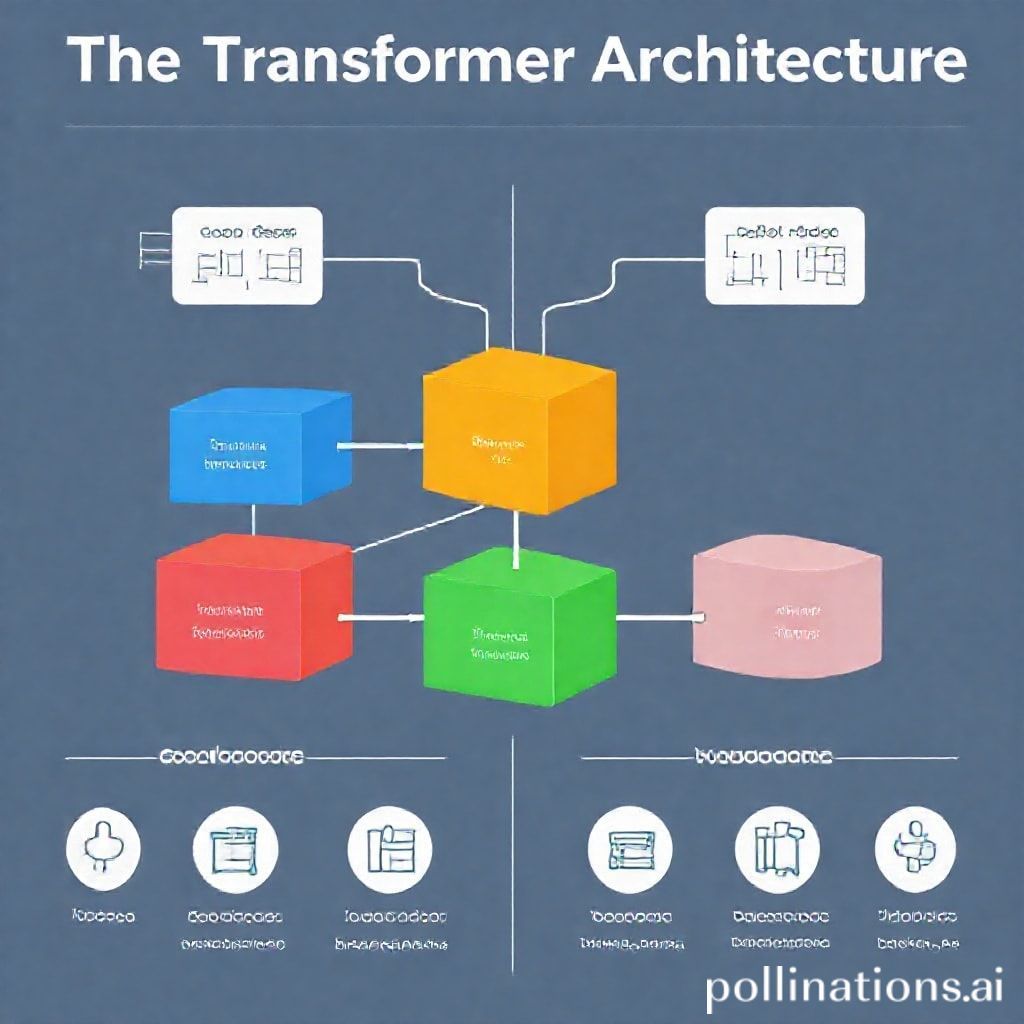
FIGURE 9.1: Transformer Pros and Cons
Page 9Beyond the Basics: Further Innovations and Impact
The original Transformer architecture laid a robust foundation, but it has been continuously built upon and adapted. Its core ideas have spawned an entire family of models and influenced nearly every corner of deep learning.
Key Innovations & Derivatives:
- BERT (Bidirectional Encoder Representations from Transformers): Focuses solely on the Encoder part, pre-trained on masked language modeling and next sentence prediction. Revolutionized understanding of context for downstream tasks.
- GPT (Generative Pre-trained Transformer): Utilizes only the Decoder part (with masked self-attention), pre-trained for auto-regressive language modeling. Famous for its text generation capabilities (GPT-2, GPT-3, GPT-4).
- T5 (Text-to-Text Transfer Transformer): Frames all NLP tasks as a text-to-text problem, using the full encoder-decoder structure.
- Vision Transformers (ViT): Adapted the Transformer for computer vision tasks, treating image patches as sequences of tokens. Demonstrated that Transformers can outperform CNNs on large datasets.
- Swin Transformers: Introduce hierarchical attention to handle images more efficiently, addressing the
O(N2)complexity for high-resolution inputs. - Sparse Attention & Linear Attention: Techniques developed to reduce the quadratic complexity of self-attention for very long sequences, making Transformers more efficient.
- Mixture of Experts (MoE): Incorporates sparse activation patterns, allowing models to scale to trillions of parameters while only activating a small subset for each input, improving computational efficiency at massive scales.
Impact and Future Directions:
The Transformer's ability to handle parallel computation and capture long-range dependencies effectively has made it the de facto standard for state-of-the-art results in:
- Machine Translation
- Text Summarization
- Question Answering
- Sentiment Analysis
- Image Recognition and Generation (e.g., DALL-E, Stable Diffusion use Transformer-like architectures)
- Speech Recognition
- Drug Discovery and Protein Folding (e.g., AlphaFold)
The flexibility of the attention mechanism and the encoder-decoder paradigm means that Transformers are likely to continue to be at the forefront of AI research. Future work will likely focus on improving their efficiency, making them more adaptable to various data types, and integrating them into multimodal systems that understand and generate across text, images, audio, and more.
Understanding the core components – self-attention, multi-head attention, positional encodings, and the encoder-decoder structure – is essential for anyone delving into modern deep learning. The Transformer truly represents a paradigm shift in how we approach sequence modeling.
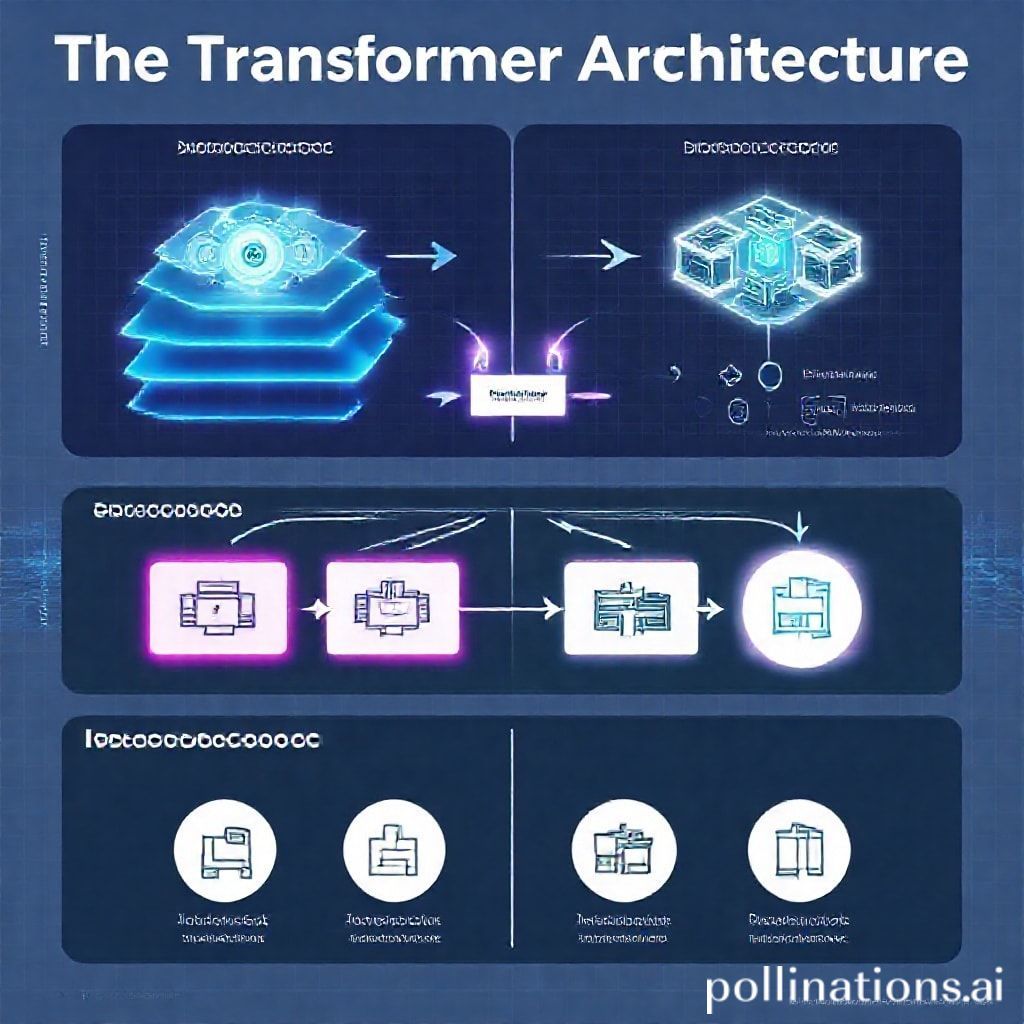
FIGURE 10.1: Transformer Family and Applications
Page 10